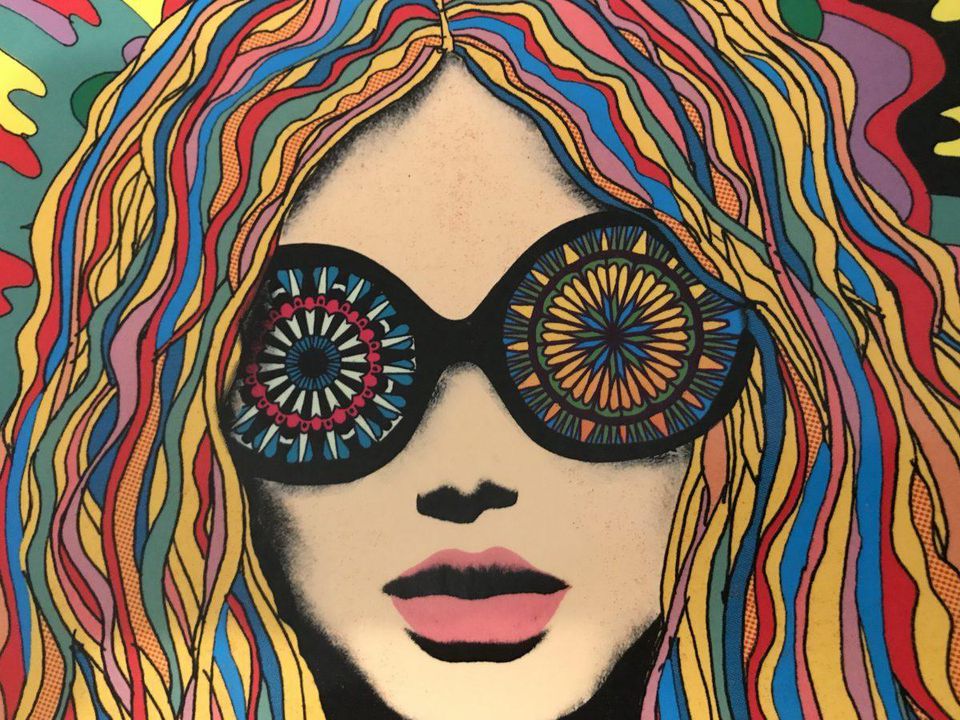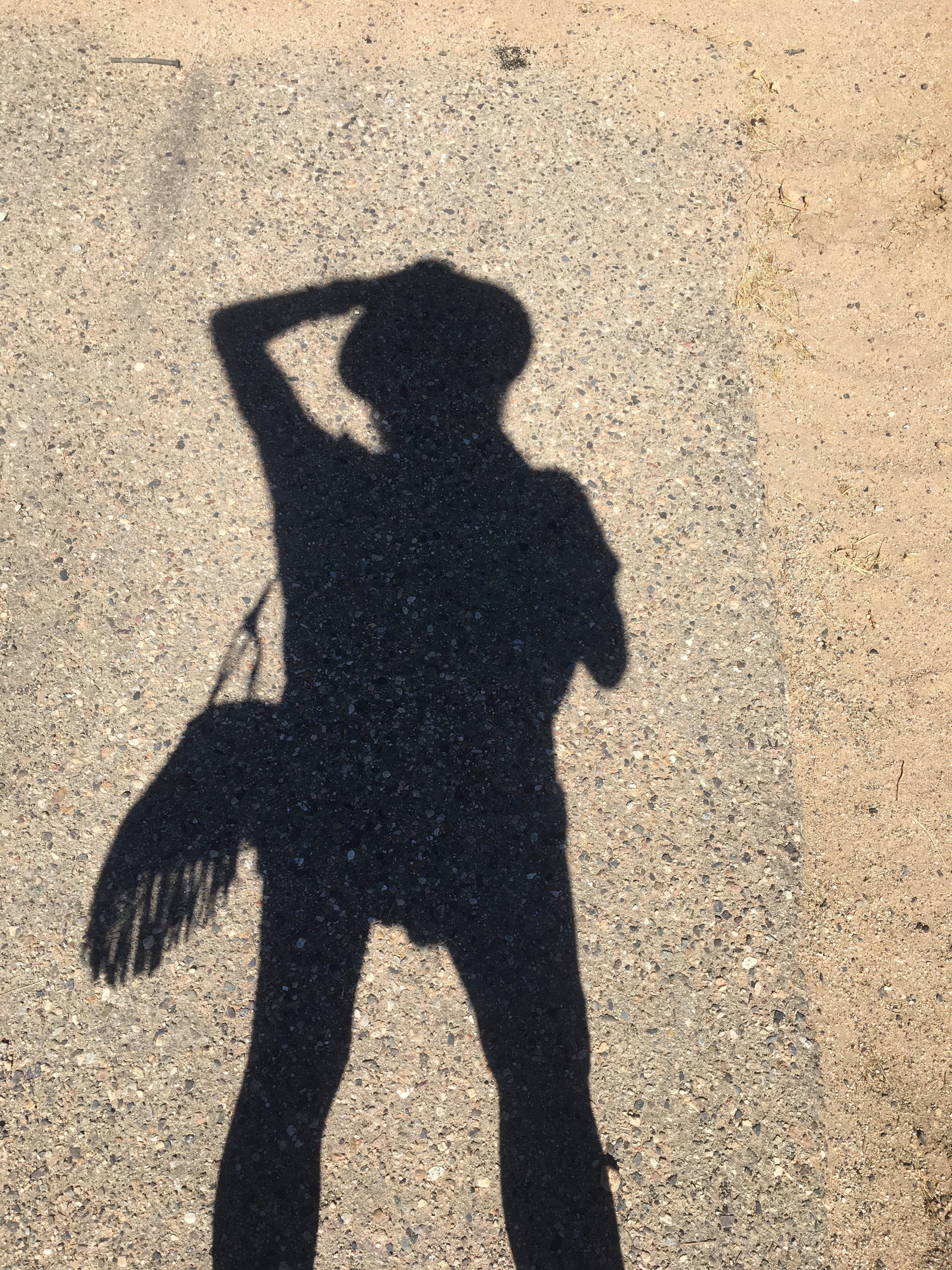
They say humans are like snowflakes because no two are the same–and on a cellular level, that’s true. On a non-physiological level, however, humans are very similar; especially regarding our innate fascination with the intangible elements of life. More specifically, people have been obsessed with consciousness– and exploring altered states of consciousness– since the beginning of time. So although no two DNA’s are the same, there are long-standing psychological/spiritual threads that not only connect us to each other, they also act as a link to the ancient civilizations we came from.
But the more recent generations of humanity have forgotten that you don’t necessarily need to ingest anything to explore consciousness, spirituality and what it means to exist in this universe. The Book of Highs by Edward Rosenfeld is a reminder of that. It explores 255 ways in which people can get high and shift through the levels of consciousness without using drugs. In an era of quasi-legal cannabis, substance-forward music festivals, trending shamans who administer ayahuasca, and the resurgence of psychedelic research– there perhaps isn’t a better time to publish a book promoting the power of the human mind. Moreover, in the tech-driven world of today, it’s easy to forget that being in touch with ourselves can allow us to experience a range of highs; while remaining rooted in the sphere of sobriety. Here’s a list of our favorite altered states of consciousness from The Book Of Highs.
Rhythmic and cyclical awareness:
Becoming aware of all your bodily rhythms is one way to alter your state of consciousness. “The rhythms and cycles that we experience in our lives are a part of a delicate universal balance,” writes Rosenfeld. “Most of our changes, like sleeping, walking, becoming hungry, eating, etc. are connected to the permutations in our solar system, especially those involved in the relationship between the Earth, sun, and moon. Other rhythms include those affected by cosmic rays, electromagnetic fields, gravity, and planetary motion.”
If you’re confused as to how this will get you “high,” don’t expect to feel like you ate an eighth of mushrooms. In fact, none of the “highs” in this book are going to make you feel like Hunter S. Thompson after his daily dose of LSD. Rather, this high is similar to the one you experience from meditating.
To tune into the cycles and rhythms of the body, sit in silence and marinate on the blood running through your veins. Feel gravity pushing it to flow in a specific direction. If you’re a woman, fixate on the fact the tides of the ocean obey the pull of the moon, as do menstrual cycles. Long ago, the moon was the only way indigenous women were able to gauge when they could expect the arrival of “aunt flow.”
If you’re a man, or not into the moon, think about how you feel around dinner time. Why? Because adrenal hormones function so that dinner has a more pronounced aroma than lunch or breakfast– this is directly related to the cycles of the sun and moon and their effects on our senses. Becoming aware of these intricacies forces you to operate on a heightened level of consciousness.
Planetary Awareness:
Think about this: “We live in a small envelope of protective (and destructive) gases that surrounds the outer surface of a medium-sized planet,” writes Rosenfeld. These gases help maintain mineral-rich soil, providing seeds with energy to grow fruits and vegetables, which then provides us with the energy to live. This is what we can refer to as the “relative transformation of energy.” The next time you eat an apple or a carrot, think about how it came to be.
Then, shift your focus to the ways in which we contribute to the deterioration of the planet. “Unfortunately,” Rosenfeld writes, “being aware of our planet now is intertwined with being aware of its destruction…”
This might not be a good high, perse, but it’s definitely one that, if you delve into it far enough (ie: fixating on where our food comes from, the transfer of energy and how we also contribute to the deterioration of mother Earth), could be the difference for our planet.
Self-Hypnosis:
If you’re one of those people who believe “you can’t meditate,” chances are you’ve meditated with your eyes open before and didn’t even realize it. For instance, if you’ve ever been exhausted and lost yourself in a trance staring at a chair off in the distance, not thinking about anything, just simply gazing– you’ve meditated with your eyes open. The difference with self-hypnosis is that you’re consciously aiming to get into the “trance” state. Rosenfeld suggests to light a candle and stare at the flame. Get into a comfortable position and focus on this mantra: “I’m growing sleepy. My eyelids are heavy. I’m relaxed. I feel light.” Be sure to breathe deeply and let your mind go where it pleases– don’t control it. Then, once you experience that trance state, embrace it. Stay there for as long as you can and revel in that alternate realm of consciousness.
Extra-Sensory Perception:
Also known as ESP, extra-sensory perception is the ability to perceive the environment without, or over and above, the limits of the senses. Most people, Rosenfeld writes, experience ESP as a weird feeling, like a strong hunch or intuition. But you can also experience it when you have an out of body moment, precognitive dreams or the predicting of events. When you experience one of these moments, like watching something you dreamt about manifest before you in real life, it’s hard not to feel like you’re tripping on something. You can read more about the studies on ESP by checking out Stanley Krippner’s website, or checking out the Parapsychology Foundation’s site. Déjà vu is also relative to this category. Anyone who’s experienced the uncanny familiarity of Déjà vu knows how mind-bending it is.
Afterimages:
Afterimages are an impression of a vivid sensation (especially a visual image) retained after the stimulus has ceased. Sometimes staring at a TV long enough and then looking at a blank wall or ceiling (or even behind your eyelids) can create a ghostly image of the TV to appear. Has someone ever taken a photo (or multiple) of you and you can’t stop seeing flashes everywhere? That disorienting experience is an altered state of consciousness, too. There’s also a similar experience people refer to as seeing “trails.”
Paranoia:
“Paranoia strikes deep, into your mind it will creep,” sang the Buffalo Springfield back in the ’60s. It’s not fun being a paranoid android. But who said all altered states of consciousness are fun? Most paranoia concerns delusions of persecution or can manifest in other ways, such as feelings of jealousy or mania. But not all paranoia involves feeling like someone is going to get you. There’s also a version called positive paranoia, which exhibits delusions of grandeur. The example Rosenfeld cites is when “you’re driving down the highway on Feb. 2, 2022, at 2:02 pm and you know that the car in front of you will have a license plate with seven twos in it and will be carrying two passengers. And because two is your lucky number, you know that today is the day for you to realize all of your dreams. Everything that happens to you is part of a benefic plot, a grand scheme so marvelous you can’t even believe it’s happening to you.” This is reverse paranoia at its finest.
Dream Incubation:
This is the practiced technique of learning to “plant a seed” in the mind, in order for a specific dream topic to occur, either for recreation or to attempt to solve a problem. Many artists and inventors claim to have achieved breakthroughs in their dreams. In one study, researchers primed students to think about a particular homework assignment in their dreams. Half of the students dreamt about the assignment and 70 percent of that group dreamed of a solution to the assignment.
Another manifestation of dream incubation is when we sleep during a thunderstorm. We might awake from a dream in which the last thing experienced was an enormous, ear-filling noise. The first thing to occupy our consciousness upon awakening will be the receding noise of thunder. what we have done in this case is to incorporate the stimulus into the dreaming experience. That stimulus, to some extent, controlled the dream. Another example of this is hearing your alarm clock in your dream. This is similar, yet different than lucid dreaming, which is when you realize you’re dreaming in a dream– a strange phenomenon, indeed.
For more altered states of consciousness, check out The Book Of Highs webiste. $11; click here to purchase.


